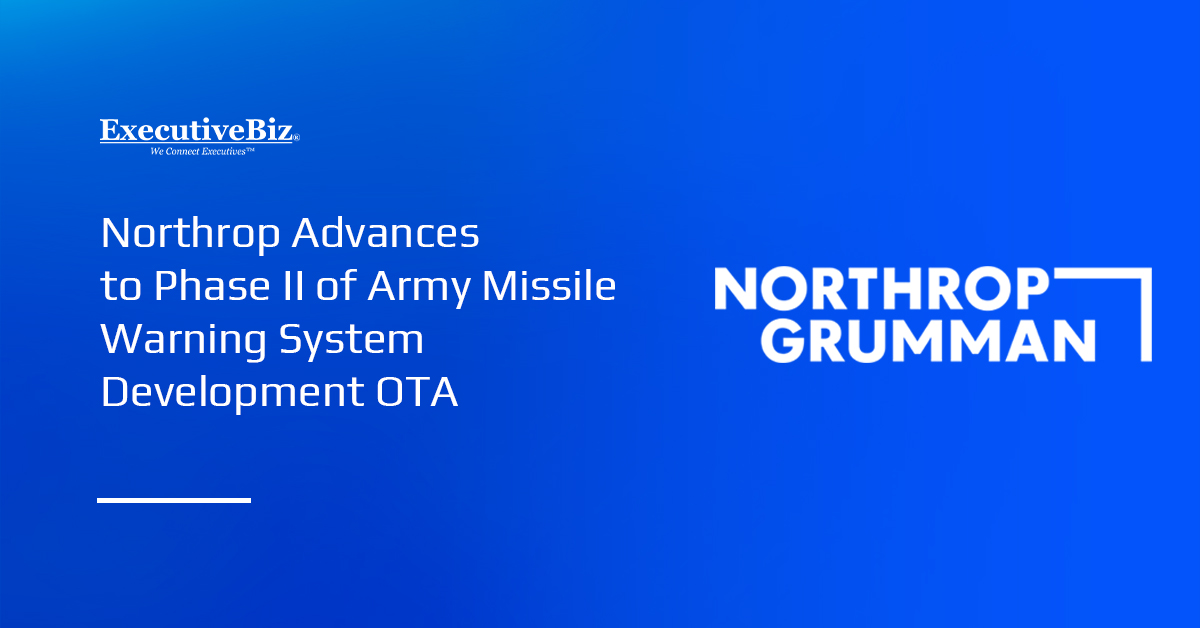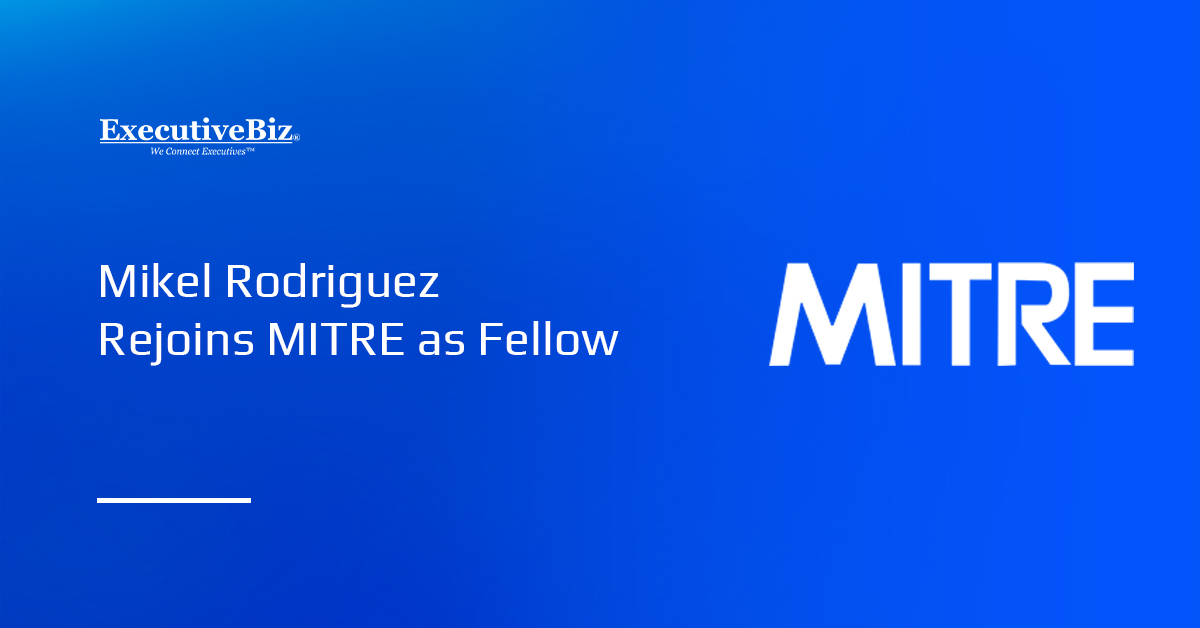The U.S. Army has cleared Northrop Grumman to advance to Phase II of their other transaction agreement for developing an Improved Threat Detection System, or ITDS, a missile warning platform.
Under Phase II, Northrop Grumman will focus on delivering initial ITDS prototypes, the Army said Thursday. Its efforts will involve maturing design and architecture concepts, as well as prototype application hosting, operational demonstration and flight testing.
The company, along with Lockheed Martin, secured in July 2024 a five-year OTA with the Army to develop the ITDS. Northrop subsequently announced in August 2024 that its Advanced Tactical Hostile Engagement Awareness sensor had been selected for the OTA’s Phase I.
According to the Army, it conducted more than 51 flight hours on the technology demonstration, including live fire testing, under OTA’s Phase I concluded in May 2025.
Army’s Wish List in Northrop OTA
The Army envisions ITDS as the service branch’s future threat warning system for the protection of its aircraft within the full scope of military operations. The service seeks a warning system with multi-functional sensors and open architecture enabling advanced situational awareness.
The ITDS capabilities that the Army wants include the detection and classification of threats from different classes of unmanned aerial systems, missiles, rocket propelled grenades, laser-guided weapons and small arms. The system is aimed for deployment to the Army Rotary fleet, with priority on the MV-75 FLRAA and AH-64 Apache helicopters.





